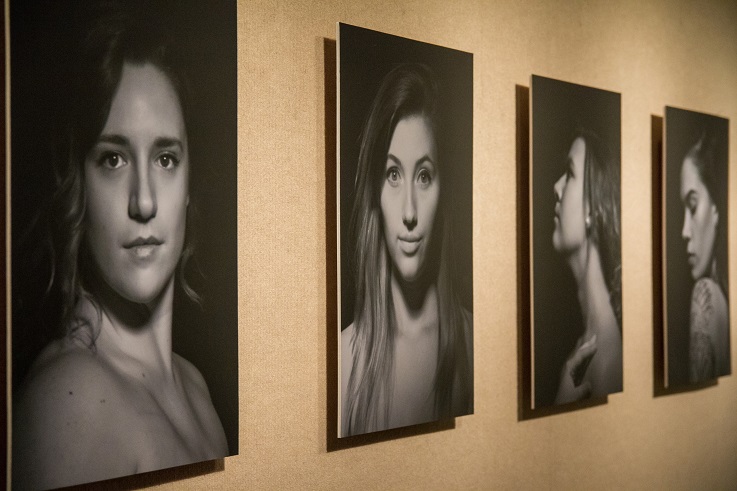Why graphic designers benefit from having photography skills

Students who are earning a Bachelor of Arts or Bachelor of Fine Arts in Graphic Design at William Woods University will have an opportunity to study photography through one of their core course requirements, ART 256 – Digital Imaging. This course covers the basic principles and techniques of digital photography by teaching students how to see, compose and shoot creative images and do post-production image manipulation.
Many graphic designers have a natural interest in photography and may pursue it as a hobby. However, the study of this art form is quite important for an aspiring graphic designer. For one, photo composition and design are indisputably related. In photography, the rules of composition, or how the shot is laid out, are a critical consideration when shooting images. Similarly, in graphic design, layout and balance are essential when designing print or digital pieces. In essence, the artistic rules of one art form can be applied and leveraged in service of the other.
Tom Kershaw, senior interaction designer for IDEO, argues that learning photography can make you a better art director, UI & UX designer, design researcher and storyteller. In his recent blogpost, Kershaw writes, “The overlapping values in each discipline have sharpened my focus and demanded a constant reassessment of line, color, and composition.”
Beyond the valuable artistic values and rules that graphic designers can learn by studying photography, there are other practical benefits of having photography experience. For example, graphic designers often rely on stock photography when working on various print and digital materials. However, experience in photography can offer a designer the flexibility of capturing their own, custom images for a given project, thus improving the quality of the final product.
A less obvious benefit of having photography skills as a future graphic designer is that it will allow you to take breaks from a typical workday spent at your desk. While you may love designing, from time to time, having an opportunity to conduct photoshoots lets you move around, explore, and experience a change of scenery that can offer a creative outlet and a chance to reenergize.
So, what can William Woods University graphic design majors do to develop their photography skills?
Beyond taking ART 256 – Digital Imaging, graphic design students can choose to take several related electives such as ART 327 – Advanced Imaging Techniques or ART 326 – Studio Photography. These courses provide students the opportunity to explore digital imaging technology and its practical applications to professional photography and graphic design. At the same time students have the opportunity to expand the creative boundaries of their personal image-making potential.

